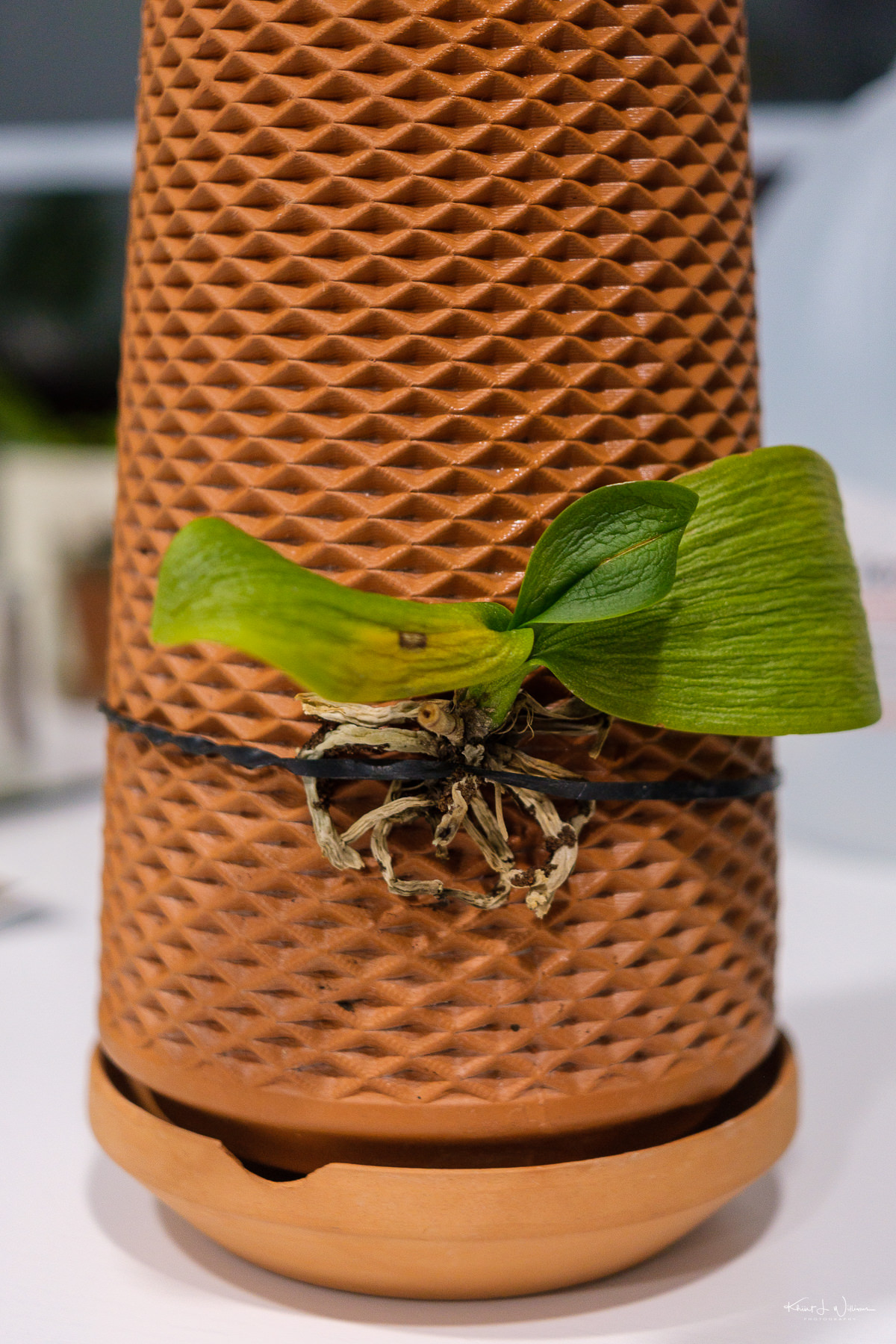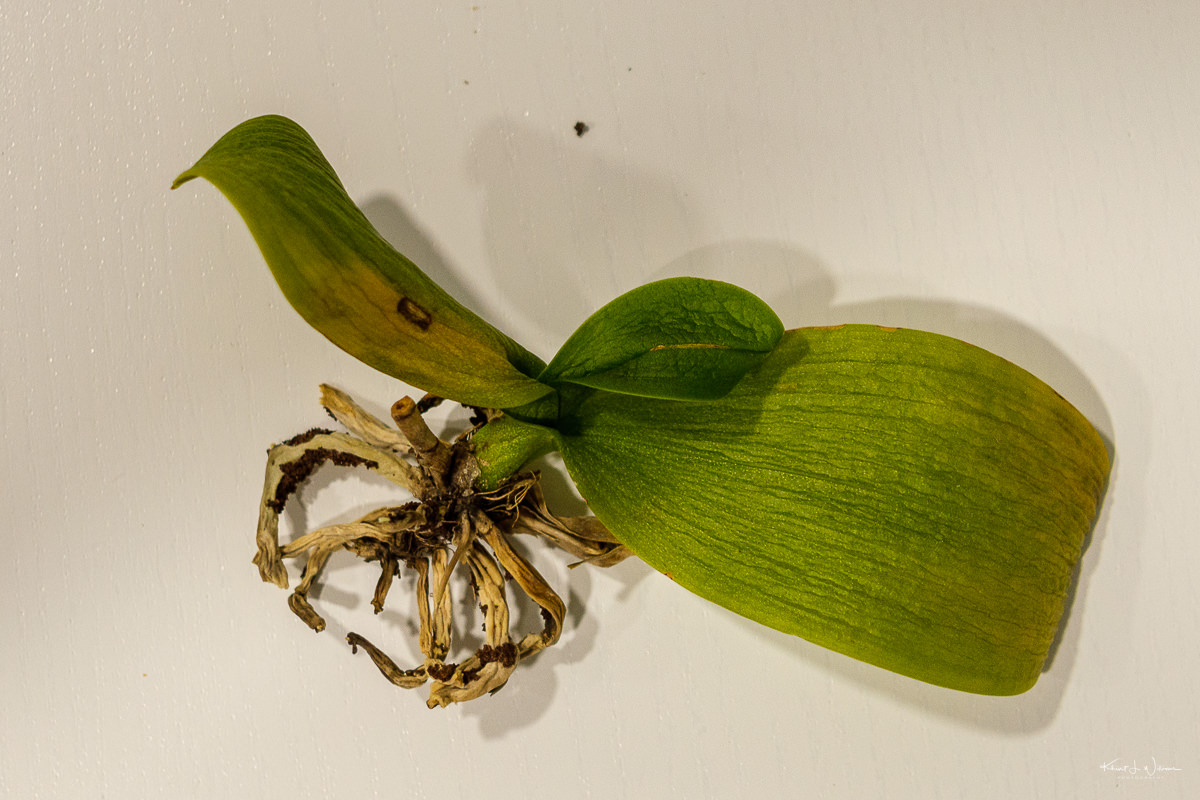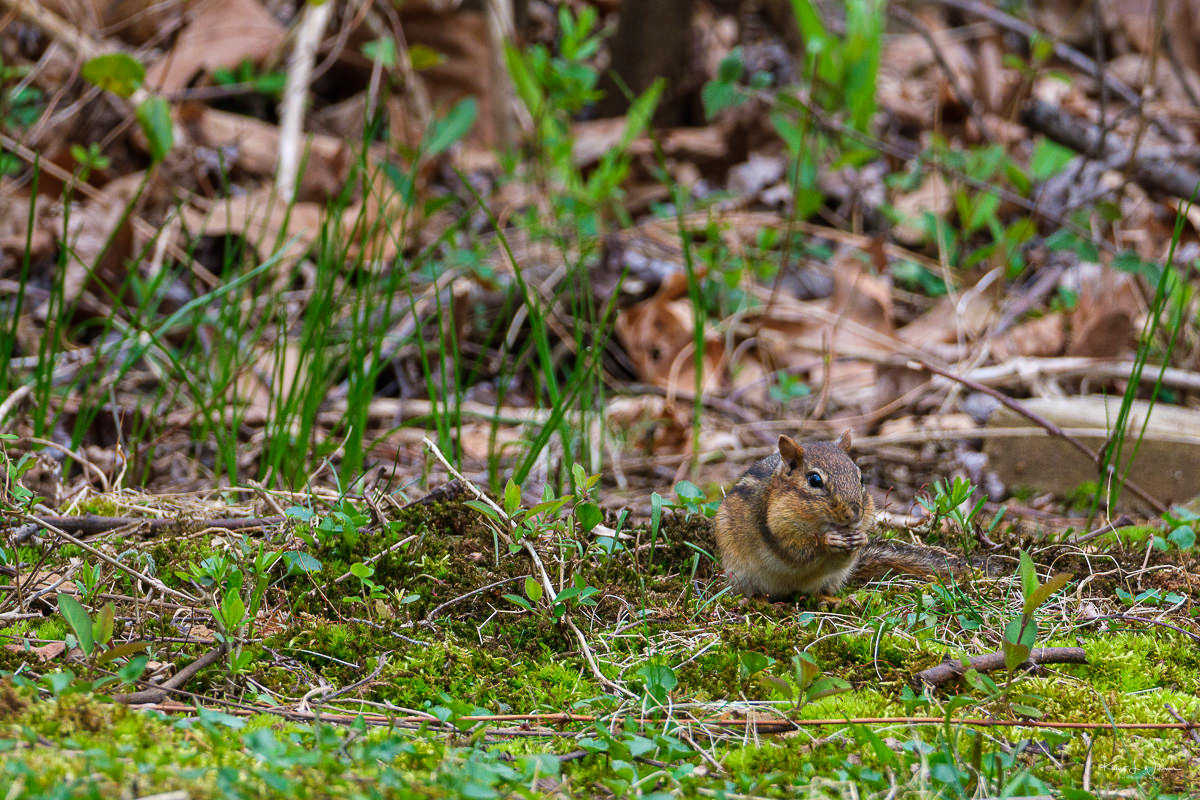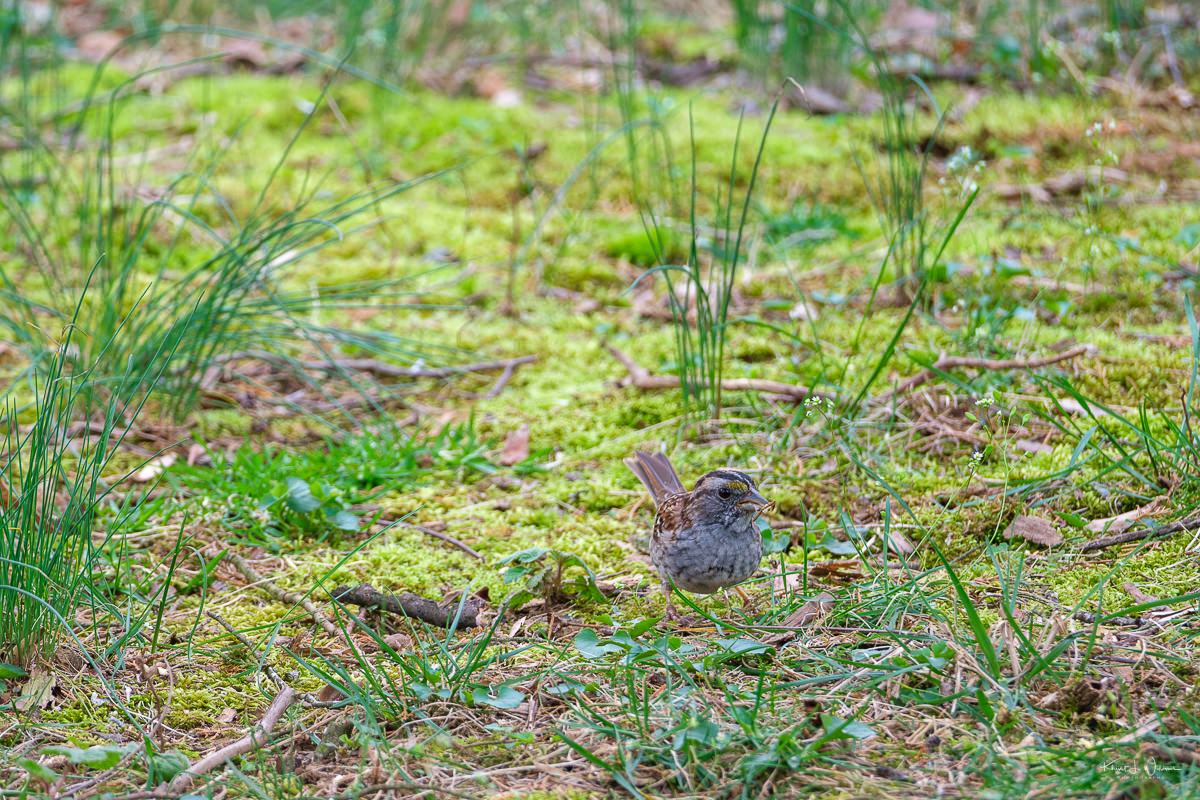Three years ago, I was excited to back a Kickstarter project promising a fresh approach to plant growth. The tevaplanter is a terracotta vessel designed to act like a water bank, slowly diffusing water through tiny holes to plant roots. Fascinated by the concept and being a plant lover myself, I threw my support behind it. I was well aware of the hit-or-miss nature of Kickstarter projects. So when the tevaplanter arrived three years later than promised, I was annoyed but not entirely surprised.
My initial excitement turned into disappointment when the planter I received didn't do its job. But kudos to their customer support; they swiftly replaced my faulty unit. I tested the water flow through the hole before eagerly attaching one of my orchids. This orchid had thrived in a planter using LECA.
LECA, or Lightweight Expanded Clay Aggregate, is a lightweight aggregate beloved by hydroponic and aquaponic enthusiasts. It's made by heating clay to expand it into small, porous pellets. These pellets provide excellent aeration and drainage for roots, making them a hit among indoor gardeners like myself.
I've got an aquarium, a terrarium, and a jungle-like home filled with tropical plants. But despite my green thumb, the tevaplanter proved to be my plant nemesis. It claimed the lives of one orchid and two ferns in my attempts to make it work.

Desperate to salvage the situation, I transferred another thriving orchid, previously flourishing in LECA and filtered water, into the tevaplanter. I'm at the point of losing a fourth plant. After half a year of battling, I've thrown in the towel on the tevaplanter.
Sure, it might be fine for growing chia seeds, but so is any $21 chia pet from Amazon. I've scoured the web for success stories with the tevaplanter, but they're as elusive as a green thumb in a desert. Reddit's awash with dismal reviews, and even Trustpilot isn't singing its praises.
Disappointment doesn't quite cover it, especially considering the lofty promises made during the Kickstarter campaign and the excruciatingly long production delay.
In my book, this product doesn't work as advertised.




